What Is Ultraviolet Light Used For? 15 Common Uses Explored
Last Updated on
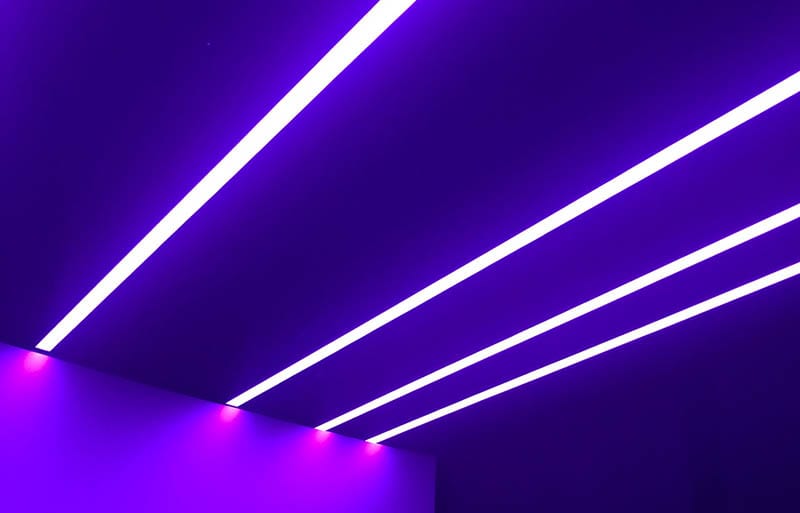
While people can’t usually see UV light, it’s critical for our survival on several fronts.1 Humans can see between visible light within wavelengths of 400 and 700 nanometers.2 On the other hand, UV light occupies the 10–400-nanometer range of the electromagnetic spectrum. Interestingly, many organisms, such as birds, insects, and mammal species, can see UV light.
This ability helps raptors or birds of prey hunt. It gives reindeer in the Arctic a biological edge to navigate their wintery world without developing eye damage from snow blindness.3 However, science has also discovered many valuable uses for this energy with technology.

Top 15 Uses for Ultraviolet Light:
1. Sterilization

The medical industry relies on UV light as one way to sterilize rooms and objects used in this field. It has a similar effect on the DNA of these disease-causing organisms, rendering them harmless. Low-pressure mercury vapor lights are one source. The technology has since evolved toward energy-saving and more efficient UVC LEDs.
The use of these devices came to the forefront during the COVID-19 pandemic. It prompted the development of more affordable models, making everyone using them safer.
2. Water Purification

Similarly, UV light can also protect humans and other species from pathogens in water. The technology damages the DNA just as it does when used in rooms or on objects. According to the US Environmental Protection Agency (EPA), the United States has recognized UV light as a means to disinfect drinking water sources since 1916.
It’s worth noting that UVC at 200 nanometers inflicts the most damage to pathogens. However, it is also in the extreme UV range. No UVC light reaches the Earth’s surface because of the protective layer of ozone in the atmosphere. That’s a good thing since its damaging effects can also occur in people exposed to it.
3. Pasteurization
Another promising use is UV light pasteurization for dairy products. While necessary, traditional methods are energy expensive. This emerging technology offers an excellent way to get the job done using up to 60% less water and 90% less energy. The timing couldn’t be better with rising costs and a growing population threatening food security in the future.
The obstacle in its development has been finding a way for it to work in non-transparent liquids. The energy saving comes from using a new light filter instead of temperature control.
4. Skin Condition Treatment

We typically think of UV light as harmful to our skin. However, it can also treat some health conditions when used correctly. For example, Psoralen ultraviolet light treatment (PUVA) harnesses its pathogen-immobilizing power as a treatment for psoriasis and eczema. Ironically, UV light can also cure some cancers using the same methods.
These techniques highlight the research done in pinpointing the use of specific wavelengths and light technology to target certain pathogens. It also shows the promise of further developments with UV light.
5. Plant Growth
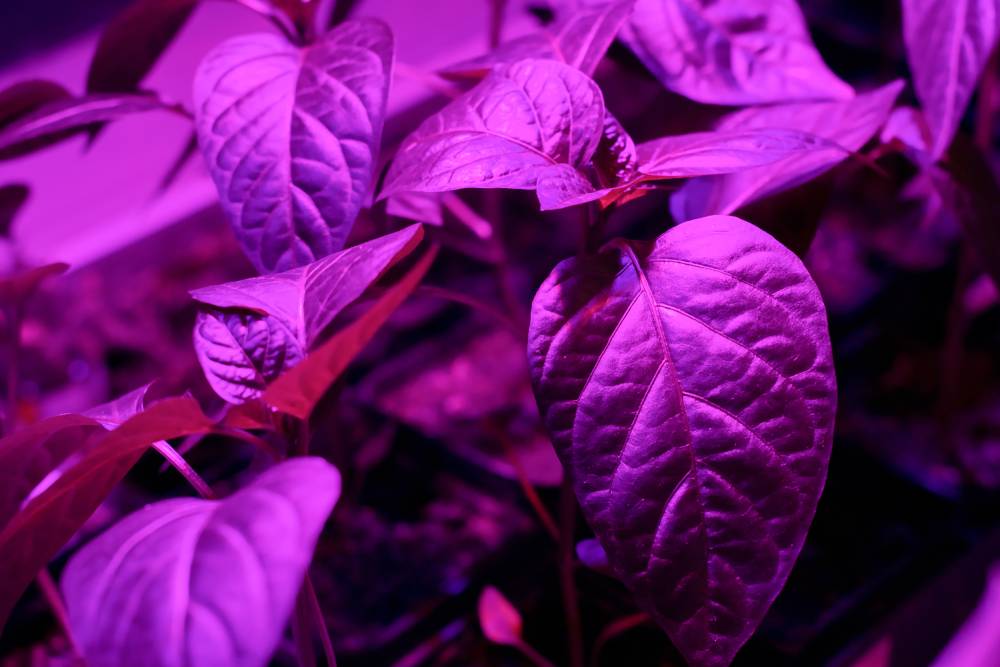
Of course, one of the most common uses of UV light is to help plants grow indoors. Using these devices replicates sunlight with its solar radiation. That makes photosynthesis possible. It’s safe to say that plants, or just about any life form, couldn’t exist with UV light and its benefits. Plant lights began as incandescent bulbs, providing heat, too.
Newer models use LEDs while still providing the full spectrum of light plants need to survive. While they don’t emit heat, they use far less electricity.
6. Black Light Uses
Black lights tap into the potential of UVA to create an array of special effects with fluorescence. It has had applications in art, design, and various recreational uses. Many things are naturally fluorescent, such as cosmetics, Vaseline, and laundry detergent. Manufacturers also put additives in their products to capitalize on this property. They include antifreeze, tooth whiteners, and copy paper.
Even things you may not expect to glow will do so when exposed to a black light—think tonic water and B-complex vitamins. Some animals, like scorpions, will also shine.
7. Reptile Habitat
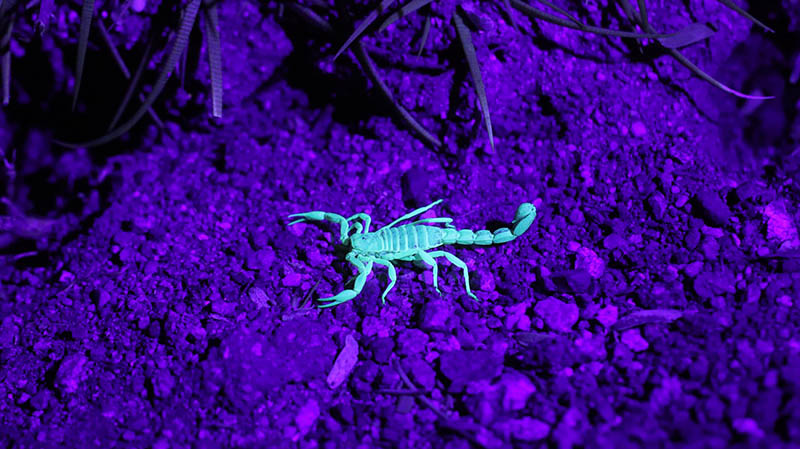
If you have a lizard or gecko, the chances are you have a UVB light in your home. Reptiles need these fixtures in their terrariums to prevent metabolic bone disease. These animals need this light source for the same reason you do, to produce vitamin D. The setup will vary with the size tank and the species. It’s worth noting that many reptiles can see near-UV light. Having one replicates their natural habitat.
8. Bug Zapper

Another familiar use of UV light is for bug zappers. They also operate under near-UV light. Insects use UV light to navigate their world. Since they can see in these conditions, they’re attracted to these devices with the inevitable consequences. The products appear blue or violet because the wavelengths are closer to that end of the visible light spectrum of human vision.
9. Barcode Scanning
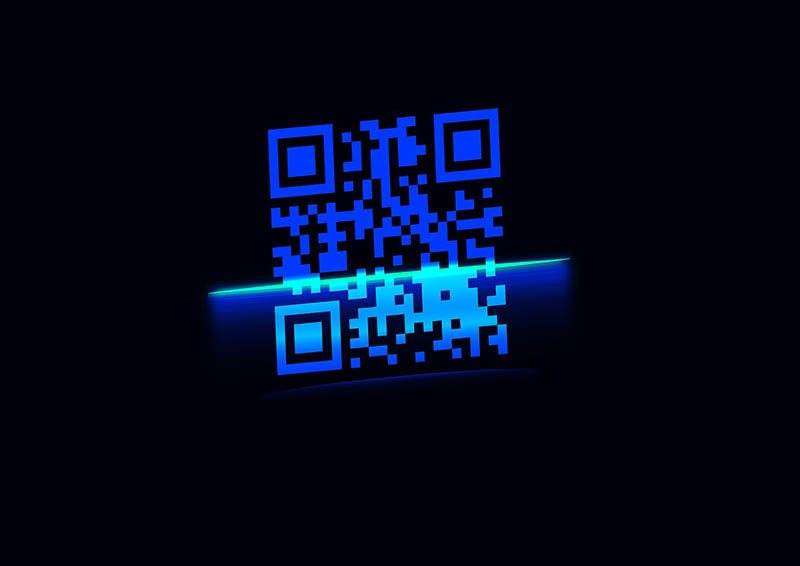
Barcode scanners work in tandem with UV ink to identify objects marked with it. The technology has many uses, including the detection of counterfeit money, retail point-of-sale devices, and product ID. The UV light of the scanner isn’t visible to most people. That makes its use less conspicuous and easier to protect against theft or other crimes.
The history of barcodes before UV ink came on the scene goes back to 1948 and the grocery store industry. Same then as now, its primary purpose is identification.
10. Fluorescent Dyes
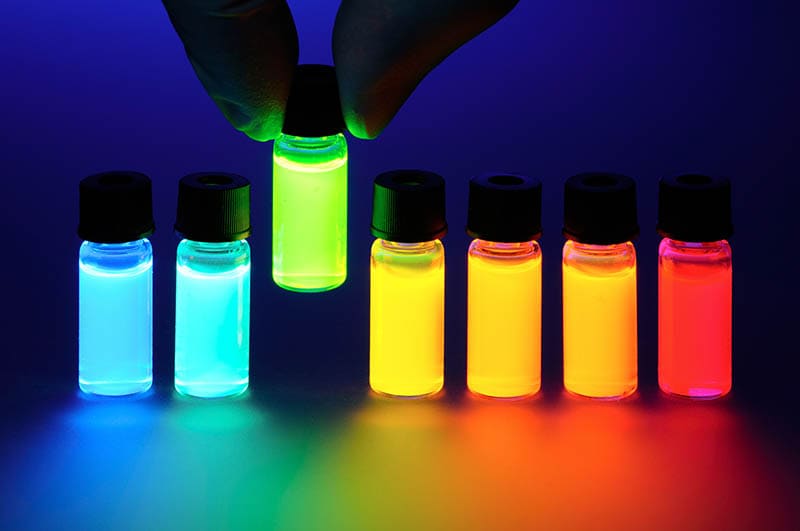
Fluorescent dyes are another adjunct product to UV light. While colorless, they have brightening effects that make some products look whiter. It’s desirable for some things, such as paper. Other valuable applications include optimization of mail processing, a safeguard against forgery for documents and identification, and quality control in manufacturing.
11. Forensics
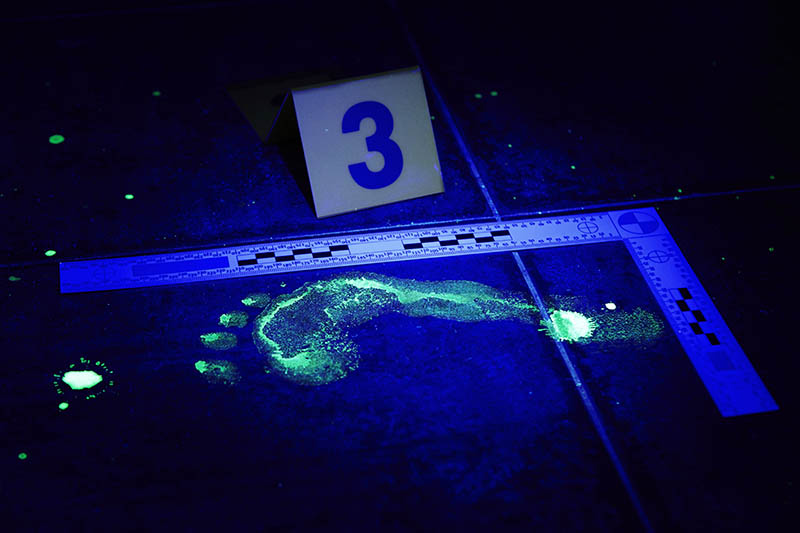
UV light is a vital tool for law enforcement and forensics. Banks and other financial institutions use them to mark currency. They may also use fluorescent dyes to aid in criminal investigations. The glowing property of antifreeze can help reconstruct accident scenes. UV light comes into play in other crime scenes since many body fluids are also fluorescent.
UV light is useful in the crime lab for protein and drug analysis. Again, the fact that most people can’t see this source or what it exposes gives law enforcement an edge when solving cases.
12. Fire Investigation
UV light detectors provide a valuable tool in fire investigations. Different materials give off radiation in varying degrees. Chemicals glow at certain wavelengths. This information can help identify sources and possible causes of fires and arson cases. Investigators can use these devices to determine where the blazes started, leading to improvements in other industries for better safety.
13. Astronomy
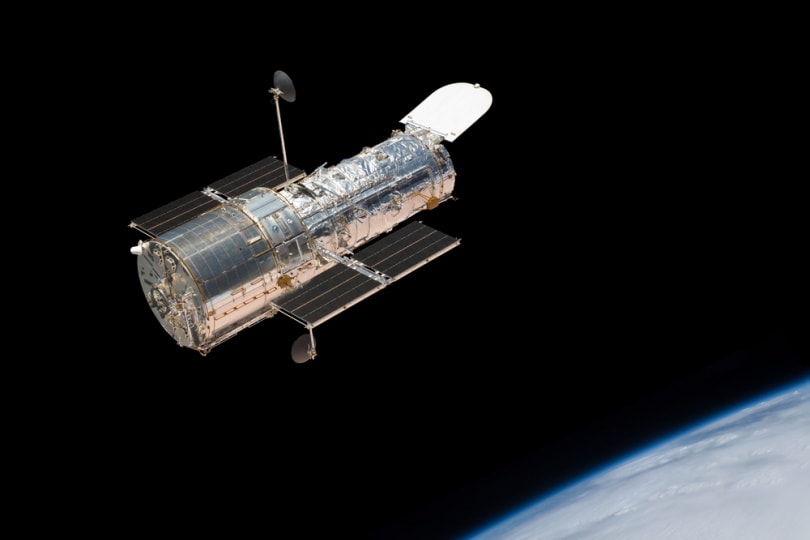
UV light can hold the key to learning more about our Universe and how it may have formed. Astronomers use varying wavelengths of light to determine the composition of different celestial bodies based on the colors they reflect. It can allow scientists to view objects that otherwise wouldn’t be visible to humans.
The Hubble Space Telescope and its Wide Field Camera 3 (WFC3) have revealed incredible images of other planets, galaxy formations, and stars. It’s possible because the device is above the ozone layer, which filters the UVC rays from the Sun.
14. UV Curing
UV curing describes the process of joining strands of molecules called polymers using ultraviolet light to fix them quickly. It has many applications, including adhesives, solar panels, eyeglasses, and food packaging. UV light acts as the catalyst to spur these chemical processes. It does it faster and more efficiently, thereby reducing costs with better products.
UV inks are a common product of this curing process with widespread applications. Manufacturers use them on anything from t-shirts to tiles to instrument panels. The chances are you benefit from this technology every day.
15. Origin of Life
One of the more exciting uses of UV light is learning its role in the origin of life. Organisms use a chemical compound called ribonucleic acid (RNA) to execute the code contained within their DNA. Research suggests that UV light was necessary for its formation. The scientists based on their conclusion that red dwarf stars don’t give off enough radiation for RNA to develop. Life isn’t possible without it.
The researchers theorized that the Earth and its position relative to the Sun provided the perfect storm for it to occur. These findings can help direct future efforts to find life elsewhere in the Universe.
UV Light and the Sunshine Vitamin
We’d be remiss if we didn’t discuss one of the most important uses of UV light and vitamin D production. Our bodies use the UVB radiation it absorbs to convert previtamin D3 to an active, usable form. Spending some time outdoors is essential to spark this chemical reaction, as there aren’t many rich food sources. Besides, the production is more efficient than getting it from your diet.
Many factors influence how well your body uses UV light. Of course, sunscreen will lessen how much you absorb and how your skin feels after exposure. Melanin provides some protection against its damaging effects like sunscreen. Interestingly, the farther north you live, the lower the Sun’s angle. That can make it harder to get enough vitamin D, especially during the winter.

Conclusion
The more we learn about UV light, the more it’s clear that the sequences of events and consequences are more fantastic than we ever could have imagined. UV light may have spurred life on Earth as it continues to ensure its existence. Science has opened a new world of possibilities for using its energy in a broad spectrum of ways. Suffice it to say that UV light is the reason for our existence on the planet.
Featured Image Credit: Juliana Tanchak, Unsplash
About the Author Chris Dinesen Rogers
Chris has been writing since 2009 on a variety of topics. Her motto with all of her writing is “science-based writing nurtured by education and critical thinking.” Chris specializes in science topics and has a special love for health and environmental topics, and animals of all shapes and sizes.
Related Articles:
What Is the Best Binocular Magnification for Hunting? Optical Features Explained
How to Clean a Refractor Telescope: Step-by-Step Guide
How to Clean a Telescope Eyepiece: Step-by-Step Guide
How to Clean a Rifle Scope: 8 Expert Tips
Monocular vs Telescope: Differences Explained (With Pictures)
What Is a Monocular Used For? 8 Common Functions
How to Clean a Telescope Mirror: 8 Expert Tips
Brightfield vs Phase Contrast Microscopy: The Differences Explained
